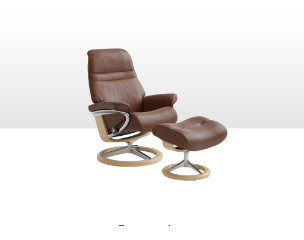The accompanying segments give thoughts on moving explicit kinds of furniture

pegler commercial
Seating Furniture
While lifting a seat, recall that the seat rail is its most grounded part, not the seat back. Much of the time lifting by the back, particularly the peak rail, will ultimately bring about breakage. For little seats, lift by the side seat rails, one hand close to the front on one side, the other close to the back on the opposite side. While lifting a huge seat or couch, the standards are something similar. Get under the side outline, making a point to lift with your legs as opposed to your back. For upholstered seats or couches in the pegler commercial , place your hands under the edge to try not to contact the upholstery. If upholstery should be contacted, use cotton gloves. For seats with slip seats, eliminate the slip seat and wrap and move it independently to forestall it being grimy or dropping out during the move.

Tables
The most grounded piece of a table is by and large the cover. Whenever the situation allows, lift the table cautiously from the cover, never by the top or legs. Lifting on the top instead of the cover may break the paste hinders that hold the top to the casing or strip out the screws that hold the top on. Getting the legs, especially tables with long, unsupported legs, will cause superfluous weight on the leg and the joint associating it to the cover. Whenever the situation allows, fold cushioning .first find out which support individuals move. Is the table leaf upheld by a section or by a swing leg? Overlap the leaves down, and control them with cushioning and a tie band. If the help is given by a swing-leg or entryway leg, tie it set up too. The main safe spot to snatch a drop-leaf table is under the end covers. Snatching by the legs, particularly swing-legs, will build the opportunity of harm to them, and snatching the table by the side leaves will frequently bring about breaking the long rule joint that permits the passes on to drop.
Case Furniture
While case pieces, particularly enormous ones, may show up altogether different from tables and seats, similar standards apply. Never attempt to move an enormous piece without help from anyone else. A case piece expects at least two individuals. While a case piece requires can be moved by conveying it cautiously, holding on to the base as you would a table or seat, moving the piece on a dolly is better. A cart takes the action more securely for both the movers and the item, and that is even more valid for huge articles.
To start with, inspect the piece. How was it assembled? Also, how might it break into pieces? Take the piece separated as much as is conceivable. That is, eliminate the top piece of a bureau from its base; eliminate the molding or pediment, on the off chance that there is one.
If the body is adequately strong, eliminate a drawer to relieve the burden and take the action more straightforwardly. Convey the drawers independently of the objective. Nonetheless, assuming that the remains are frail and shift from side to side, pass on the drawers set up to give steadiness and forestall further harm to the joints. Tall pieces that don’t fall apart into discrete segments should be set on their sides on a cart to forestall their fixing over.
